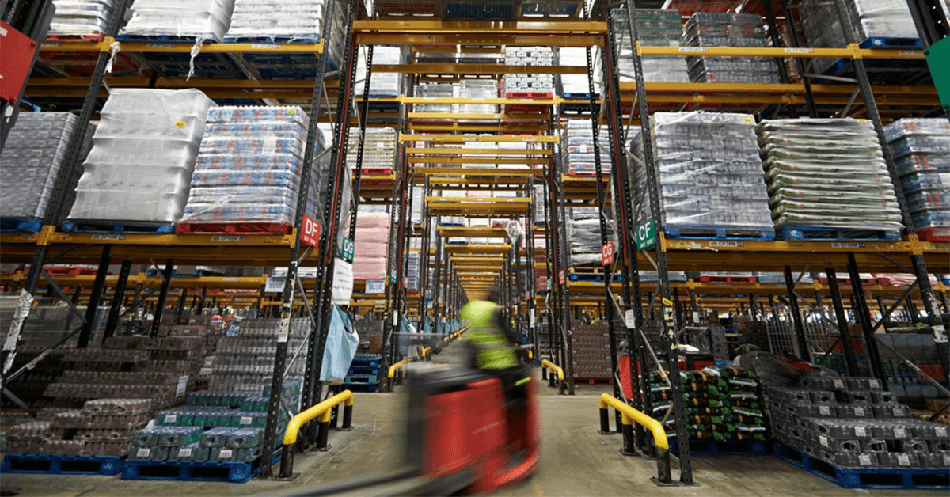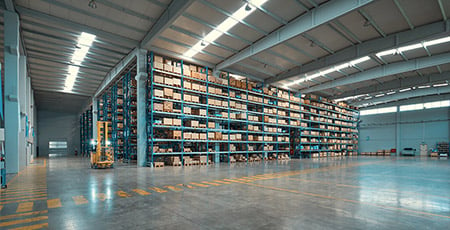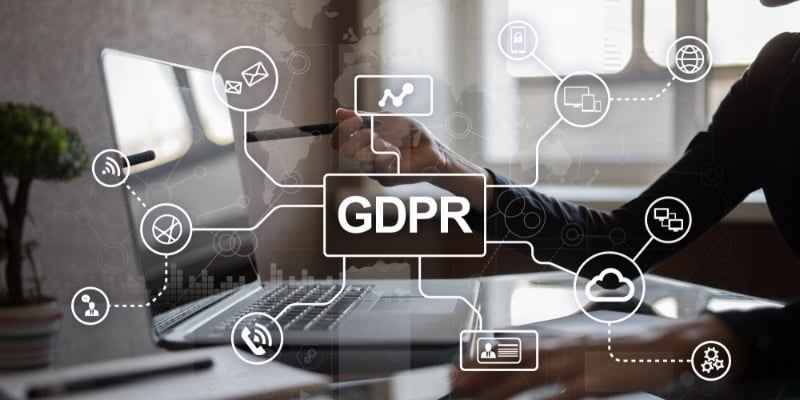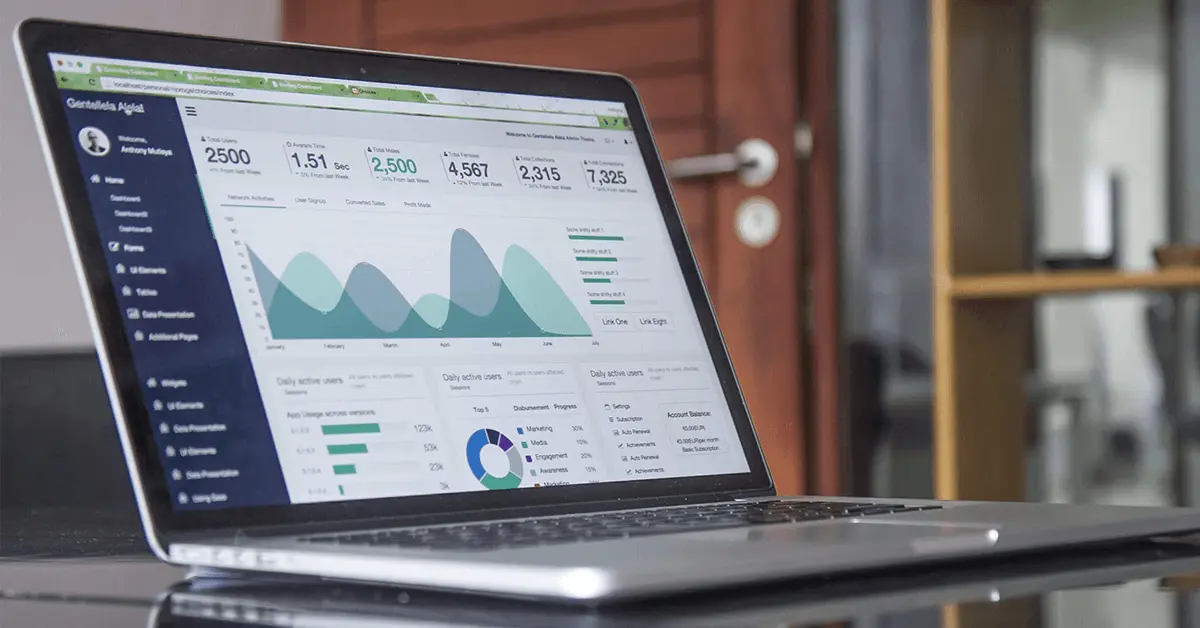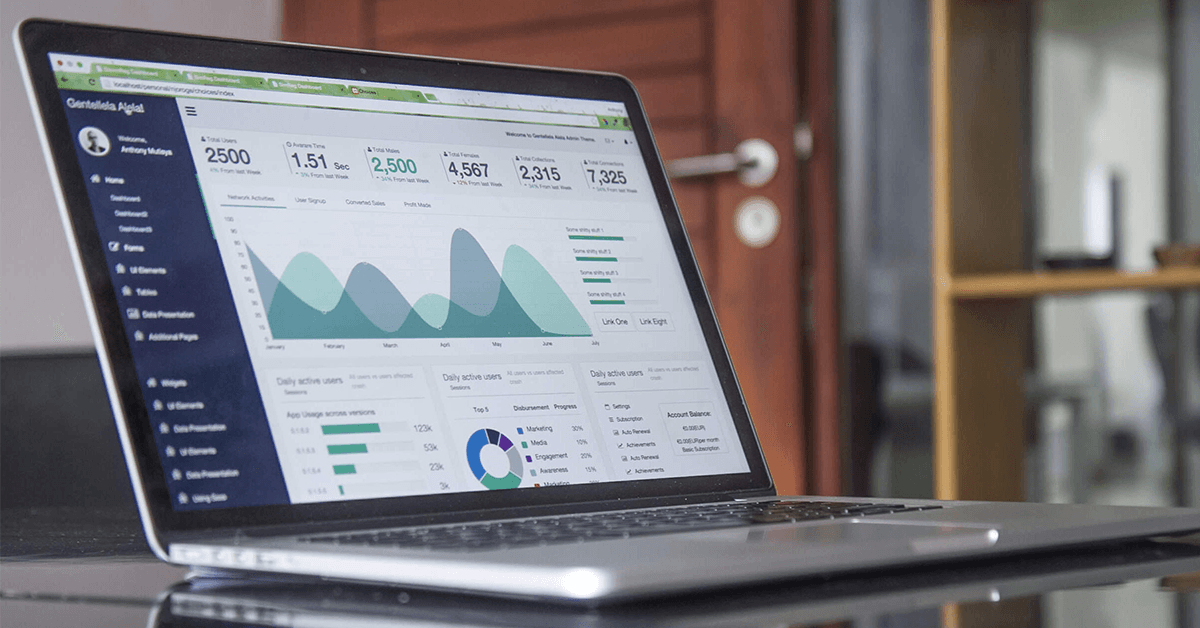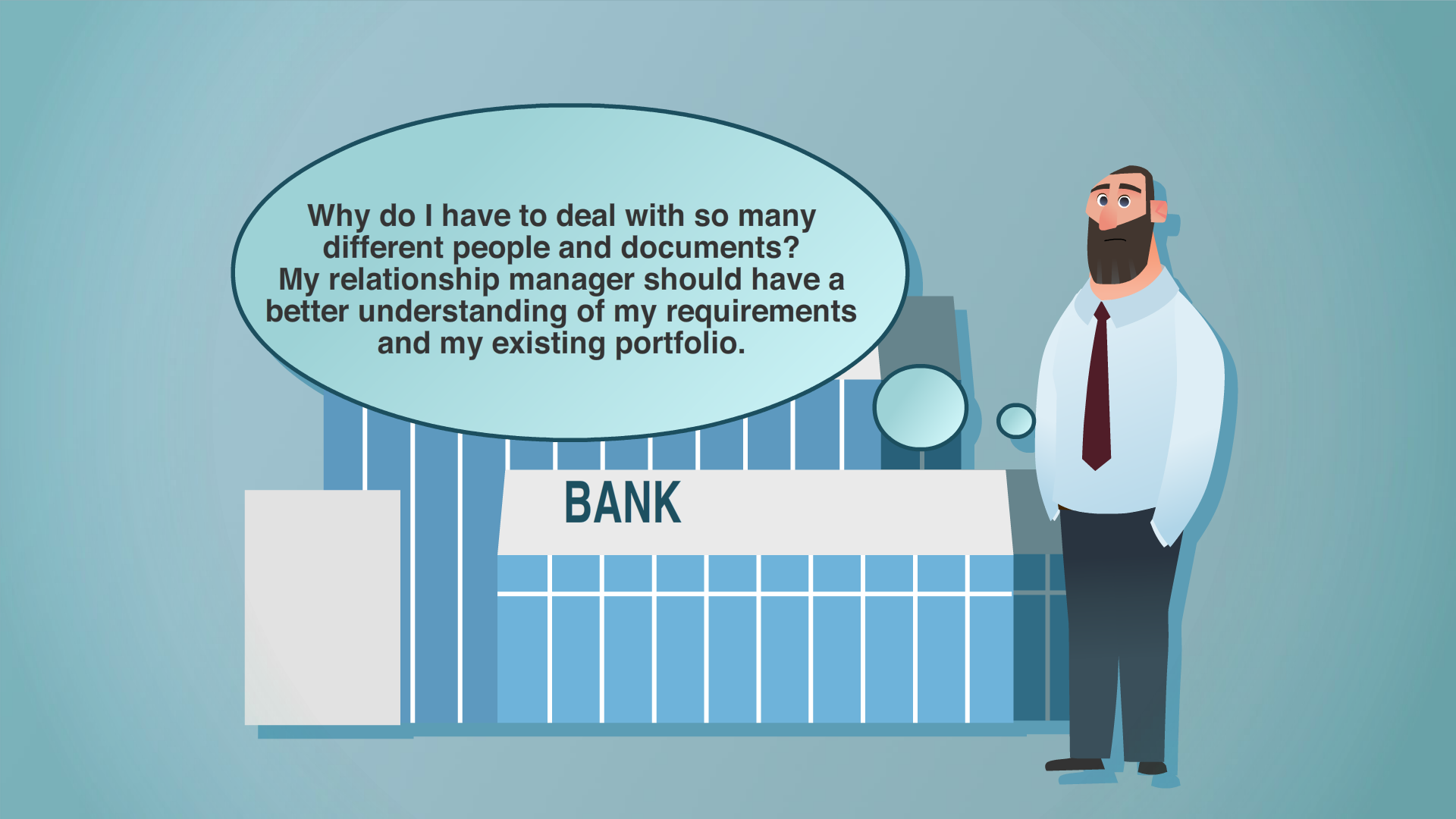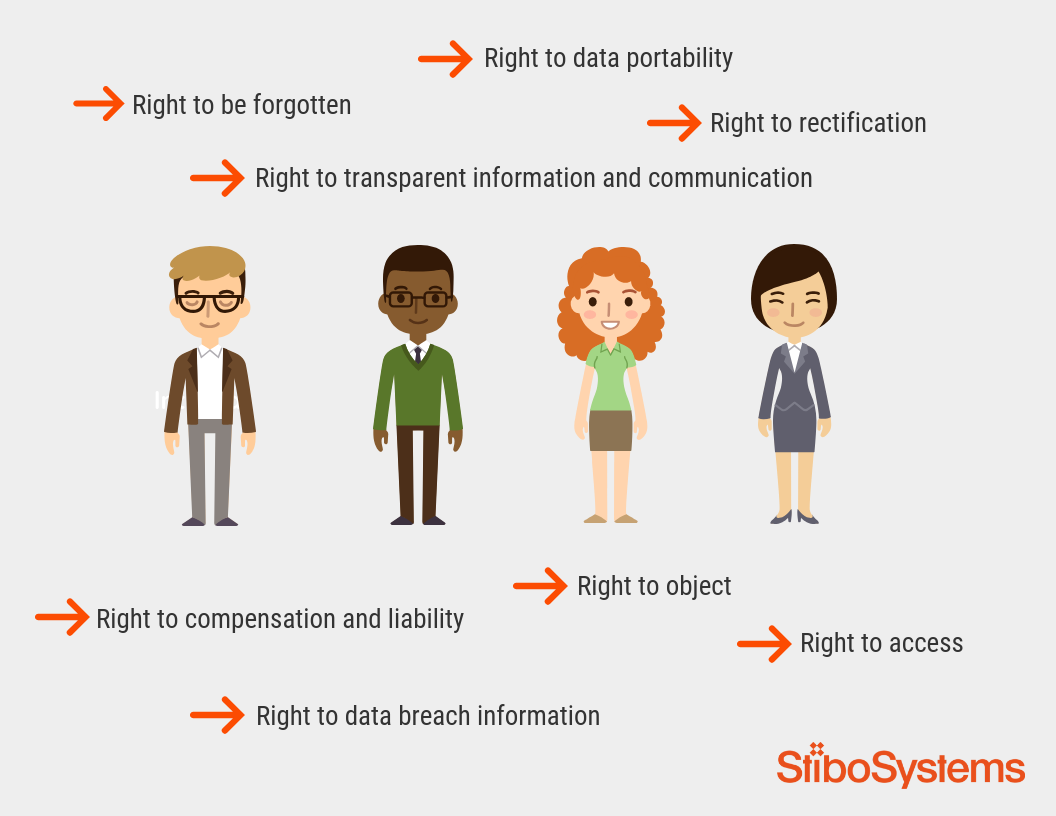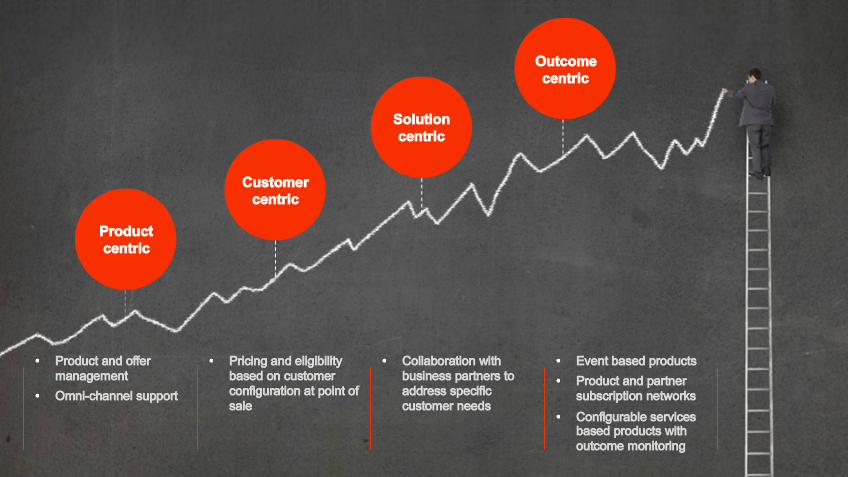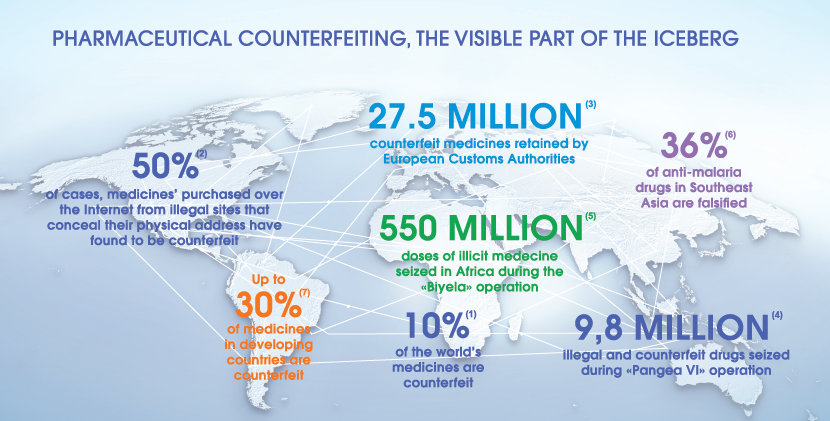In today's fast-paced and interconnected business world, the role of supply chains has never been more crucial. Whether you're a manufacturer, retailer or service provider, your supply chain is the backbone of your operations. But as supply chains grow increasingly complex and global, managing them effectively becomes a formidable challenge.
This is where supply chain visibility steps into the spotlight. It's not just a buzzword; it's a game-changer that can transform the way you do business. In this blog post, we'll delve into the significance of supply chain visibility and why it's become a must-have for businesses aiming to thrive in the modern landscape. Further, we will explore how improved visibility can lead to greater efficiency, resilience and customer satisfaction, ultimately giving you the competitive edge you need.
Increase supply chain visibility and resiliency
Without full visibility into your suppliers, tracking spending and performance is time-consuming. Stibo Systems Platform centralizes data, boosting efficiency, savings and customer confidence.
What is supply chain visibility?
Supply chain visibility refers to the ability to track and monitor the movement of products, materials and information throughout the entire supply chain, from the sourcing of raw materials to the delivery of finished goods to the end customer. It involves gathering real-time data and insights about various aspects of the supply chain, such as inventory levels, production processes, transportation and distribution.
Key components of supply chain visibility include:
-
Data capture
Collecting data from various sources within the supply chain, including suppliers, manufacturers, logistics providers and retailers. This data can include information on inventory levels, order status, shipment tracking and more.
-
Data integration
Consolidating and integrating data from different sources and systems to create a unified view of the supply chain. This often requires the use of technology solutions like Enterprise Resource Planning (ERP) systems, Supply Chain Management (SCM) software and data analytics tools.
-
Real-time monitoring
Continuously monitoring the status and progress of products and materials as they move through the supply chain. This includes tracking the location of shipments, the status of production processes and any disruptions or delays that may occur.
-
Analytics and reporting
Analyzing the collected data to gain insights into supply chain performance, identify bottlenecks or inefficiencies and make informed decisions. Data visualization tools and dashboards are often used to present this information in a clear and actionable format.
-
Collaboration
Facilitating communication and collaboration among all supply chain stakeholders, including suppliers, manufacturers, distributors and customers. Effective collaboration helps in proactively addressing issues and optimizing the supply chain.
-
Risk management
Identifying and mitigating risks in the supply chain, such as supply disruptions, demand fluctuations and geopolitical factors, by having real-time visibility into potential issues and their impact.
Supply chain visibility is increasingly crucial in today's global and interconnected business environment, where supply chains can be complex and subject to various challenges and uncertainties. Advanced technologies like IoT, blockchain, AI and machine learning are often employed to enhance supply chain visibility and make it more accurate and predictive.

What are the key challenges of supply chain visibility?
Achieving and maintaining supply chain visibility can be challenging due to a variety of factors, including the complexity of modern supply chains and the rapid pace of change in the business environment. Here are some key challenges associated with supply chain visibility:
-
Data integration
Gathering data from various sources within the supply chain and integrating it into a single, cohesive view can be complex. Different systems and formats may be used by different stakeholders, making data integration a significant challenge.
-
Data accuracy and quality
Ensuring that the data collected is accurate and of high quality is crucial for making informed decisions. Inaccurate or incomplete data can lead to misinformation and poor decision-making.
-
Real-time monitoring
Achieving real-time visibility throughout the supply chain is difficult due to latency in data transmission and processing. Delays in data updates can limit the ability to respond quickly to disruptions.
-
Technology integration
Implementing the necessary technology solutions for supply chain visibility can be costly and challenging. It often requires significant investments in software, hardware and infrastructure.
-
Data security and privacy
Sharing sensitive supply chain data among different stakeholders raises concerns about data security and privacy. Protecting this data from cyber threats and unauthorized access is a constant challenge.
-
Supplier collaboration
Convincing suppliers and other partners to share data and collaborate can be challenging, especially when they have concerns about sharing proprietary information or view transparency as a competitive disadvantage.
-
Complexity of global supply chains
Companies operating in a global supply chain may face additional challenges related to geopolitical factors, trade regulations, cultural differences and varying infrastructure quality in different regions.
-
Demand variability
Fluctuations in customer demand can disrupt supply chain visibility. Sudden spikes or drops in demand can lead to inventory imbalances and challenges in forecasting.
-
Supply chain disruptions
Unexpected events such as natural disasters, labor strikes, transportation delays or global crises like the COVID-19 pandemic can disrupt supply chains and disrupt visibility.
-
Legacy systems
Many organizations still rely on legacy systems that may not easily support the real-time data capture and analysis required for robust supply chain visibility.
-
Costs
Implementing and maintaining supply chain visibility solutions can be expensive. Companies must weigh these costs against the potential benefits of improved efficiency and risk management.
-
Talent shortage
Finding and retaining talent with the necessary skills in data analytics, technology and supply chain management can be challenging in some regions.
Despite these challenges, supply chain visibility is essential for companies looking to remain competitive, resilient and responsive to customer demands. Overcoming these challenges often involves a combination of technological investments, process improvements, collaboration with supply chain partners and a commitment to data-driven decision-making. As technology continues to advance, some of these challenges may become more manageable, but they will always require ongoing attention and effort.
What are the key benefits of supply chain visibility?
Supply chain visibility offers a wide range of benefits to businesses, helping them operate more efficiently, make better-informed decisions and respond effectively to changes and disruptions in the supply chain. Here are some of the key benefits of achieving supply chain visibility:
-
Improved efficiency
Visibility enables companies to identify bottlenecks, inefficiencies and redundancies within the supply chain. By streamlining processes and reducing waste, companies can operate more efficiently, leading to cost savings and improved resource utilization.
-
Reduced lead times
Real-time visibility allows for better tracking of the movement of goods and materials. This can lead to shorter lead times, faster order fulfillment and improved customer satisfaction.
-
Inventory optimization
Companies can better manage their inventory levels by having real-time data on stock levels, demand forecasts and order status. This reduces the risk of overstocking or understocking, leading to cost savings and improved working capital.
-
Enhanced customer service
Improved visibility enables better communication with customers regarding order status and delivery times. This leads to higher customer satisfaction and loyalty.
-
Effective demand forecasting
Access to historical and real-time data helps in more accurate demand forecasting. Companies can adjust production and inventory levels to meet changing demand patterns, minimizing stockouts and overproduction.
-
Risk management
Visibility allows companies to proactively identify and mitigate risks in the supply chain, such as supply disruptions, quality issues and geopolitical factors. This enhances supply chain resilience.
-
Cost reduction
By identifying cost drivers and inefficiencies in the supply chain, companies can reduce operating costs, optimize transportation routes and negotiate better terms with suppliers.
-
Compliance and traceability
Visibility enables companies to track the origin and journey of products, which is important for compliance with regulations and ethical sourcing. This transparency can also be a selling point for consumers concerned about product provenance.
-
Better decision-making
Real-time data and analytics provide a solid foundation for data-driven decision-making. Companies can make informed choices regarding production schedules, inventory levels and supply chain strategy.
-
Supplier collaboration
Visibility encourages collaboration with suppliers and other partners in the supply chain. This can lead to better coordination, reduced lead times and improved supplier relationships.
-
Reduction in stockouts
By knowing the real-time status of inventory and orders, companies can reduce the occurrence of stockouts and avoid lost sales opportunities.
-
Environmental and social responsibility
Visibility enables companies to monitor and manage their supply chain's environmental impact and ethical practices. This is increasingly important for meeting sustainability goals and consumer expectations.
-
Competitive advantage
Companies with better supply chain visibility are often more competitive in the market. They can adapt quickly to changing conditions and customer demands, giving them an edge over competitors.
-
Brand protection
Supply chain visibility helps companies detect and address quality and safety issues more quickly, protecting their brand reputation.
-
Financial benefits
All of the above benefits can lead to improved financial performance, including increased revenue, reduced costs and better overall profitability.
Overall, supply chain visibility is a strategic advantage that can help companies navigate the complexities of modern supply chains and thrive in a dynamic business environment. It supports operational excellence, risk mitigation and customer-centricity, making it a key focus for businesses across various industries.

How to achieve better supply chain visibility
Achieving better supply chain visibility requires a combination of technology, processes and collaboration with supply chain partners. Here are steps and strategies to help you improve supply chain visibility:
1. Define objectives
Clearly define your goals and objectives for improving supply chain visibility. Understand what specific aspects of the supply chain you want to enhance, such as real-time tracking, demand forecasting or inventory management.
2. Invest in technology
-
- ERP systems: Implement or upgrade ERP systems that can centralize and integrate data from various parts of your supply chain.
- SCM software: Utilize SCM software to streamline processes, monitor inventory levels and manage orders efficiently.
- IoT and sensor technology: Employ IoT devices and sensors to collect real-time data on the movement and condition of goods in transit or at rest.
- Blockchain: Explore blockchain technology for transparent and secure record-keeping, especially for tracing product origins and ensuring authenticity.
3. Data standardization
Establish standardized data formats and protocols across your supply chain partners to ensure compatibility and consistency in data sharing.
-
4. Data integration
-
Integrate data from various sources, such as suppliers, manufacturers, logistics providers and customers, into a single platform or database for a unified view of the supply chain.
-
5. Real-time tracking
-
Implement tracking systems for shipments and inventory in real-time. This may include GPS, RFID or other technologies to monitor the location and status of products.
-
6. Demand forecasting
-
Use advanced analytics and historical data to improve demand forecasting accuracy. This helps in aligning production and inventory levels with actual demand.
7. Collaboration
-
Foster collaboration and information sharing with supply chain partners. Encourage them to provide real-time data and insights into their operations.
-
8. Visibility tools
-
Use data visualization tools and dashboards to present supply chain information in a clear and actionable format. This helps stakeholders quickly identify issues and trends.
-
9. KPIs and metrics
-
Define KPIs and metrics to measure the effectiveness of your supply chain visibility efforts. Regularly review and analyze these metrics to drive improvements.
-
10. Supplier onboarding
-
Ensure that suppliers are capable of sharing data and are onboarded with the necessary technology and processes to support supply chain visibility.
-
11. Risk management
-
Implement risk management strategies to proactively identify and mitigate supply chain risks. This includes monitoring geopolitical factors, weather events and disruptions.
-
12. Data security
-
Prioritize data security and implement robust cybersecurity measures to protect sensitive supply chain data.
-
13. Training and skill development
-
Invest in training and skill development for your supply chain team to ensure they can effectively use the technology and tools at their disposal.
-
14. Continuous improvement
-
Supply chain visibility is an ongoing effort. Continuously assess and improve your processes, systems and data management practices to stay responsive to changing business conditions.
-
15. Compliance and regulations
-
Stay informed about relevant industry regulations and compliance requirements, especially regarding data privacy and product traceability.
-
16. Pilot projects
-
Consider starting with pilot projects to test and refine your supply chain visibility initiatives before scaling them across the entire organization.
-
17. Executive support
-
Secure support and buy-in from senior leadership, as improving supply chain visibility often requires significant investments and organizational commitment.
-
18. Supplier collaboration
-
Work closely with key suppliers to build stronger relationships and ensure their active participation in visibility efforts.
Remember that achieving better supply chain visibility is not a one-time task but an ongoing process. It requires a combination of technology, process improvements and a culture of collaboration and continuous improvement. As technology continues to advance, opportunities to enhance supply chain visibility will also evolve, so it's important to stay agile and adaptable in your approach.




